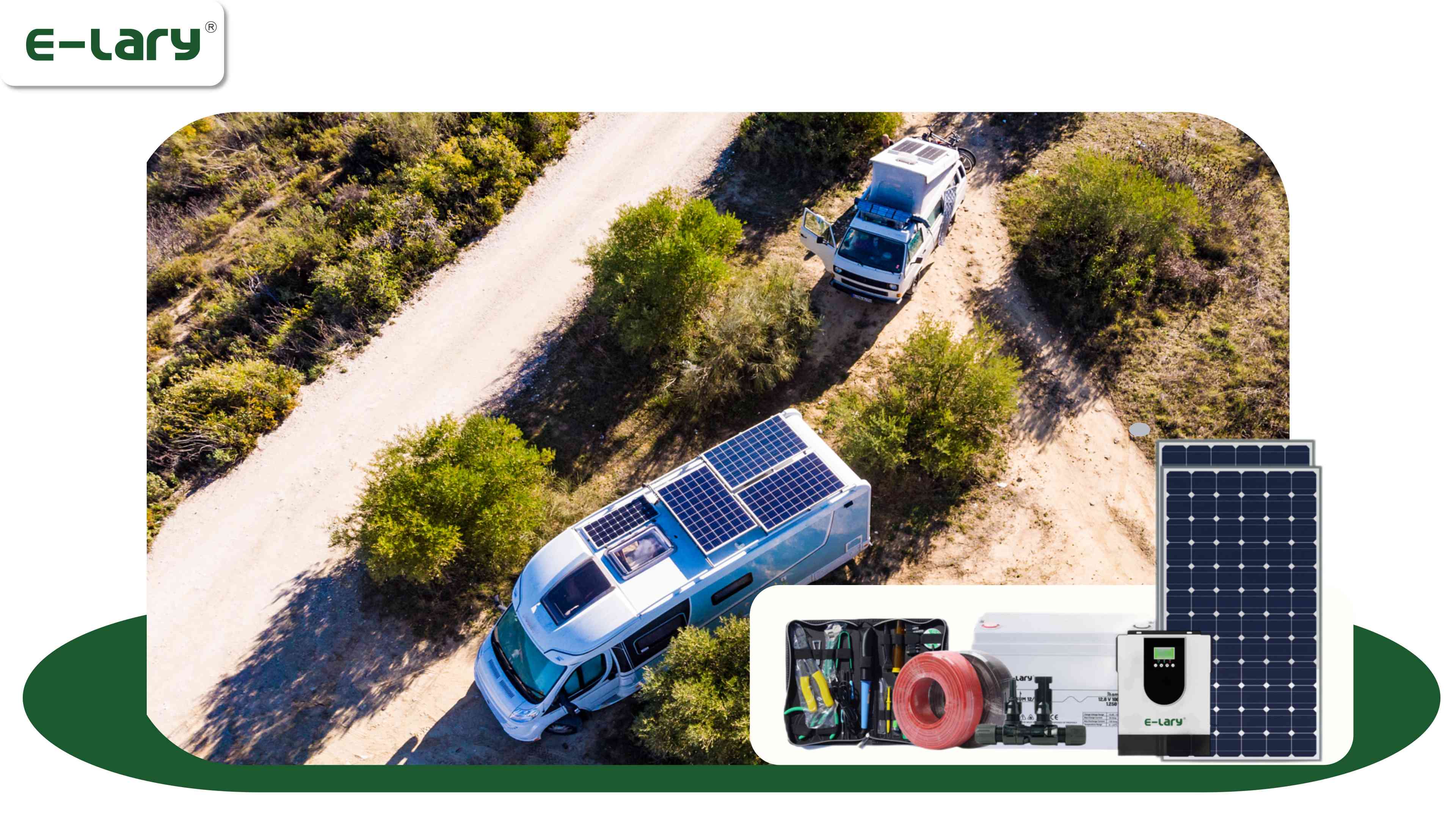Lithium Battery Charge-Rate / Discharge-Rate
Lithium Battery Charge-Rate / Discharge-Rate
1. What is lithium battery Charge-Rate / Discharge-Rate?
Charge-Rate / Discharge-Rate of a lithium battery refers to the rate at which the battery is charged or discharged per unit time, usually expressed in multiples. The higher the charge-discharge rate, the faster the battery can complete the charge-discharge process. This is of great significance for some applications that require instantaneous high power output, such as the acceleration of electric vehicles and peak shaving of power storage stations.
2. What are the factors that affect Charge-Rate / Discharge-Rates of lithium ion battery?
1) Electrode material: The electrical conductivity and ionic conductivity of the electrode material directly affect the Charge-Rate / Discharge-Rate. High electrical conductivity and good ionic conductivity help increase Charge-Rate / Discharge-Rates.
2) Electrolyte: The electrolyte is the medium for the transmission of lithium ions between the positive and negative electrodes, and its ion conductivity will affect the Charge-Rate / Discharge-Rate of the battery. Optimizing electrolyte composition can improve battery performance.
3) Battery structure: The design of the internal structure of the battery also affects the Charge-Rate / Discharge-Rate. Reasonable battery design can reduce internal resistance and improve charging and discharging efficiency.
3. Application of high Charge-Rate / Discharge-Rates of lithium batteries
1) Electric vehicles: Electric vehicles have strict requirements for high Charge-Rate / Discharge-Rates, because fast charging and high power output can improve the driving experience of electric vehicles, shorten charging time, and increase driving range.
For example: E-lary 48V32Ah fast charging AGV lithium battery, the maximum charging current is 80A, the maximum discharge current is 60A, the charging rate = 80A/32Ah = 2.5C, which means that the battery can withstand 2.5 times of its capacity for charging. It can be fully charged in just 24 minutes.
2) Mobile devices: As the requirements for battery life and performance of mobile devices continue to increase, lithium batteries with high Charge-Rate / Discharge-Rates have become an ideal choice to meet fast charging needs.
4. How to increase the Charge-Rate / Discharge-Rate of lithium ion batteries?
1) Research and develop new electrode materials: Continuously develop new electrode materials, such as silicon-based materials, oxide materials, etc., to improve the conductivity and lithium storage performance of electrodes.
2) Electrolyte improvement: By improving the formula and performance of the electrolyte, increasing the ionic conductivity and reducing the internal impedance of the battery, thereby increasing the Charge-Rate / Discharge-Rate.
3) Optimize the intelligent battery management system: Introduce an advanced battery management system to monitor battery status in real time, optimize the charge and discharge process, and ensure high Charge-Rate / Discharge-Rates while extending battery life.
The Charge-Rate / Discharge-Rate of lithium batteries is one of the key factors affecting battery performance. Through continuous technological innovation and research and development, we can foresee that in the future, lithium batteries will achieve greater breakthroughs in Charge-Rate / Discharge-Rates, providing more reliable and efficient energy solutions for the development of electric vehicles, mobile devices and other fields.
Welcome To Our Discussion Group For Lithium Battery
Be respectful, be constructive, stay on topic, support other commenters, and report bad behavior.
If you are new to our comments section, your first comment will be held for moderation.
















